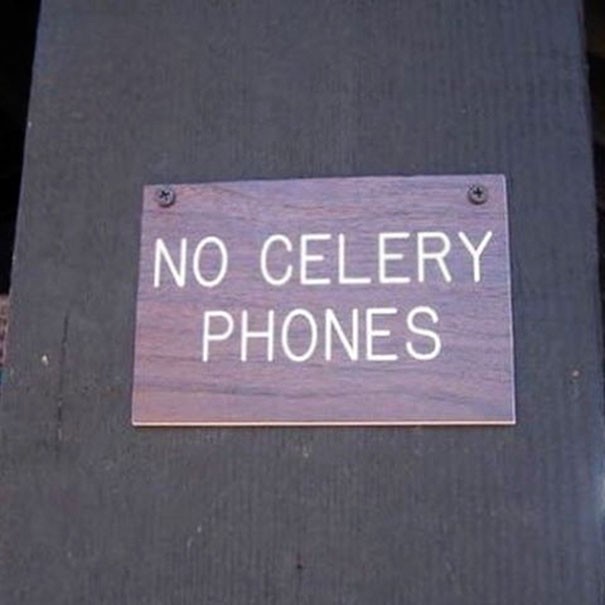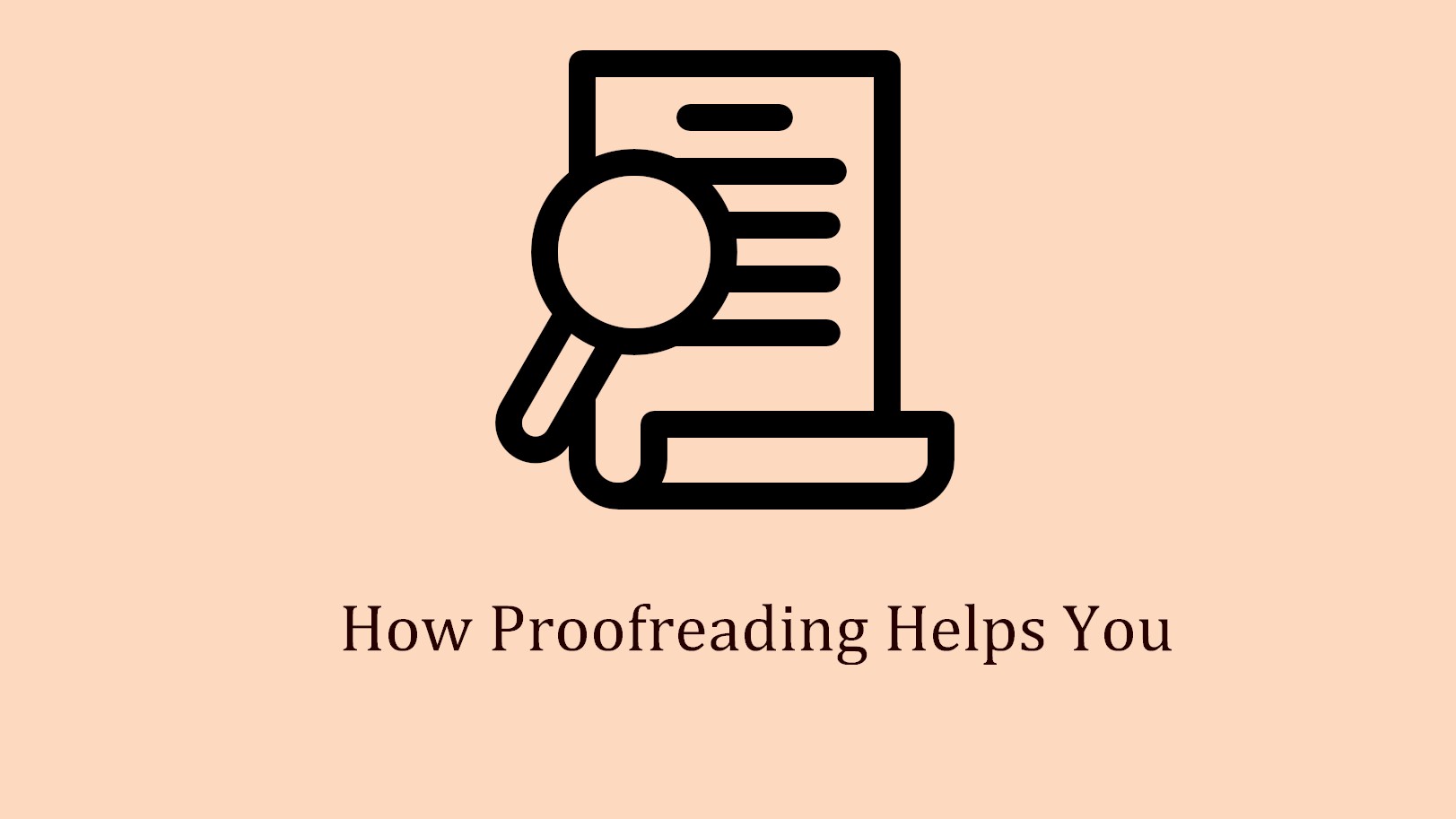Proofreading is the last line of defence against imperfect content. For writing professionals who profess to take pride in the work they publish, not carrying out extensive proofreading is akin to a racing driver taking part in competition without a steering wheel, or a concert performer walking out on stage without a microphone. Let’s investigate how proofreading helps you, along with some tips and techniques to help you become a better proofreader.

Proofreading Eliminates Errors
Proofreading carried out in the correct manner eliminates the following:
- Spelling errors
- Grammatical errors
- Punctuation errors
- Capitalization errors
- Numerical errors
- Sentence structure errors
- Formatting inconsistencies
- Misplaced words
- Poor reading flow
- Inaccurate references and quotations
- Plagiarism

Proofreading Benefits
In addition to the above, well utilised proofreading has the following benefits:
- Correctly proofread content will be more powerful than before. Subtle changes make a world of difference to final content. Proofreading turns an average piece of writing into an outstanding one with minimal additional effort.
- Writing reputations have been, and will continue to be, irrevocably damaged by ineffective or non-existent proofreading.
- Proofreading improves the crispness, clarity and conciseness of content, which results in a more interesting, enriching and easier reading experience.
- Readers notice the improved attention to detail that most proofread content includes. This creates a better impression of the author and the represented brand, and adds authority and substance to the content itself.
- Make no mistake, even if the written content in an article, post or paper is top-rate, its visual appearance on a page affects the manner in which its readers perceive it. Proofreading almost always improves the layout of a draft.
- Proofreading is imperative when producing high-quality educational and business documentation. Any document lacking in the required professionalism reflects poorly on those that it represents.
- Efficient proofreading results in acceptable content that is ready for publication. It also increases the chances of publication.

Proofreading Tips and Techniques
Numerous tips and techniques can be applied when proofreading. The more stringent and disciplined you are when proofreading limits the chances of missing something. There is nothing more embarrassing than a professional who makes errors whilst checking for errors. Use these tips and techniques to minimise the chances of that happening:
- Avoid any distractions when proofreading. Switch off your phone and close down your email program while you’re busy.
- If you are proofreading long form content, divide it into segments and take a break between proofing them. Proofreading requires your undivided attention and this is only possible for short periods of time. Discipline yourself to take regular breaks in order to maintain your focus. Yes, it is that important!
- If you are the author of the content you are proofreading, allow some time between writing, editing and proofreading. You want to proofread with ‘new eyes’ and be 100% committed to the task when you carry it out. There is no way to have the required focus necessary to effectively proofread if you’ve only just finished writing.
- Be methodical with your processes. Once you’ve proofread specific content for the first time, begin again. You are human and even the best proofreaders in their industries make errors (or miss them). Find a system that works for you and repeat the process at least once to be sure you haven’t missed anything.
- Don’t only rely on spell checkers. Generally if a word’s spelling looks wrong, it is wrong. If you use a spell checker, double check those words you feel uneasy about. Type the word into Google – the multiple generated results confirm whether the word is spelled correctly or not.
- Vocalise your content. Read the content aloud to ensure that you’re not skim reading (don’t ever skim read while proofreading). You’ll notice every word, sentence and paragraph. Some proofreaders start their process by doing this while others do so after completing their initial proofreading.

Further Tips
Should you still not feel entirely confident after following the above-mentioned, consider using these further tips and techniques:
- After proofreading, ask a trusted colleague or friend to read your content. Sometimes a fresh pair of eyes will see something that you have missed.
- Start reading the content backwards from the end, up the page, line by line. Reading backwards encourages greater focus on individual words.
- Consider employing a proofreading service. These services provide professional proofreaders for a fee. It may not be the most economical route you can employ, but your proofreading will be carried out with a high degree of accuracy.

In Conclusion
We all have individual strengths and weaknesses. You may be a fantastic, creative and professional founder or writer but your proofreading abilities might be letting you down. Hopefully the tips and techniques provided have been informative with regards to how proofreading helps you to create concise, easy-to-read content worthy of publishing.

Images courtesy of sources displayed at interestingengineering.com
- Technology and the future of books - July 29, 2021
- The benefits and importance of UX writing - July 29, 2021
- Use the science of music as a tool to enhance creative productivity - July 28, 2021
